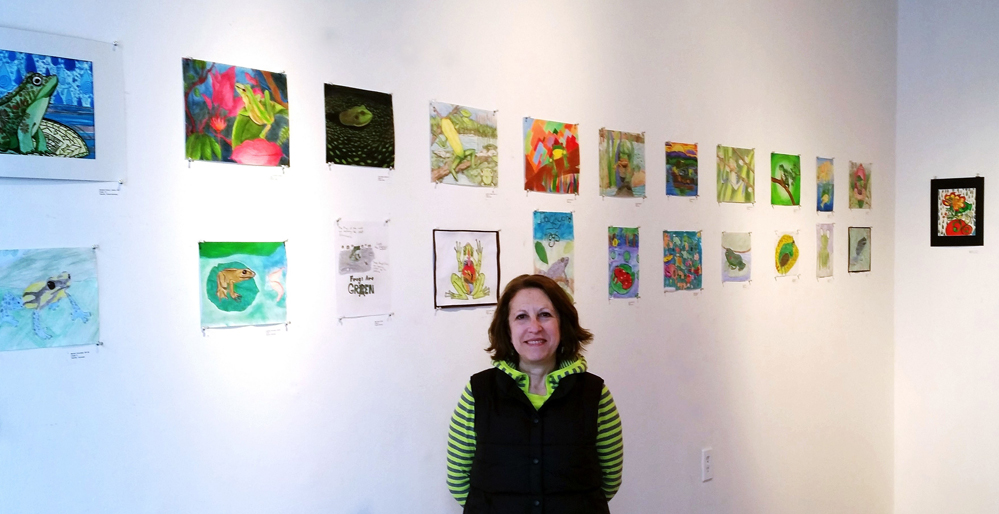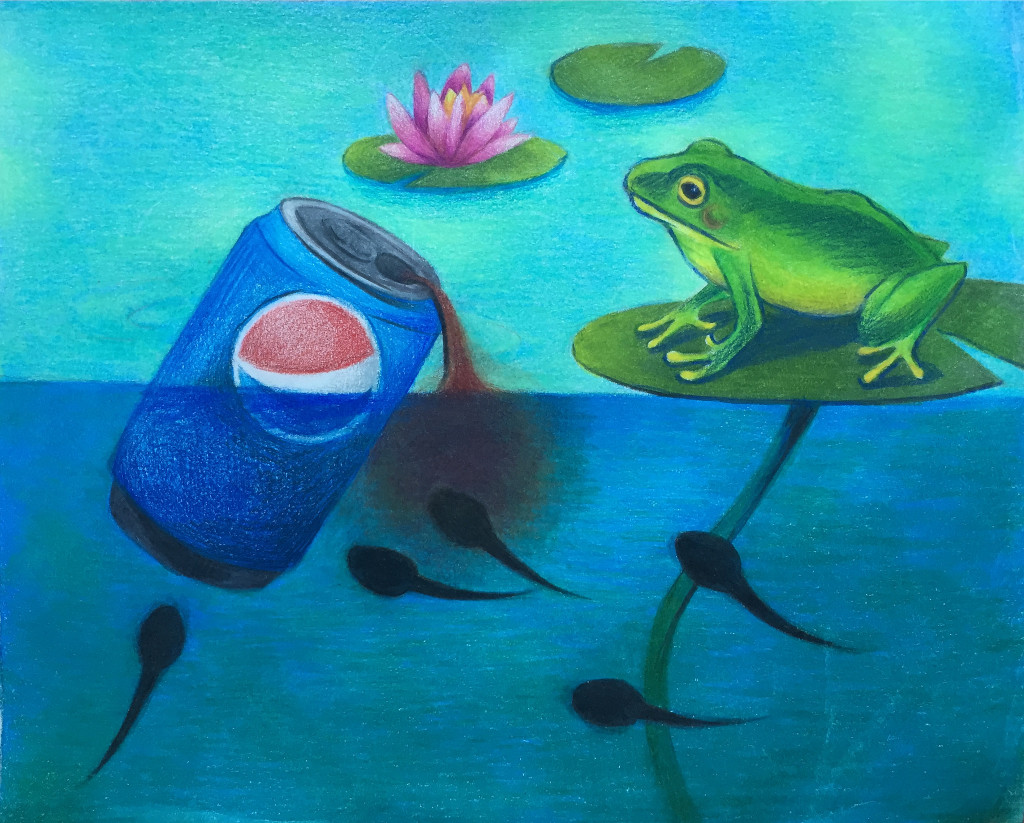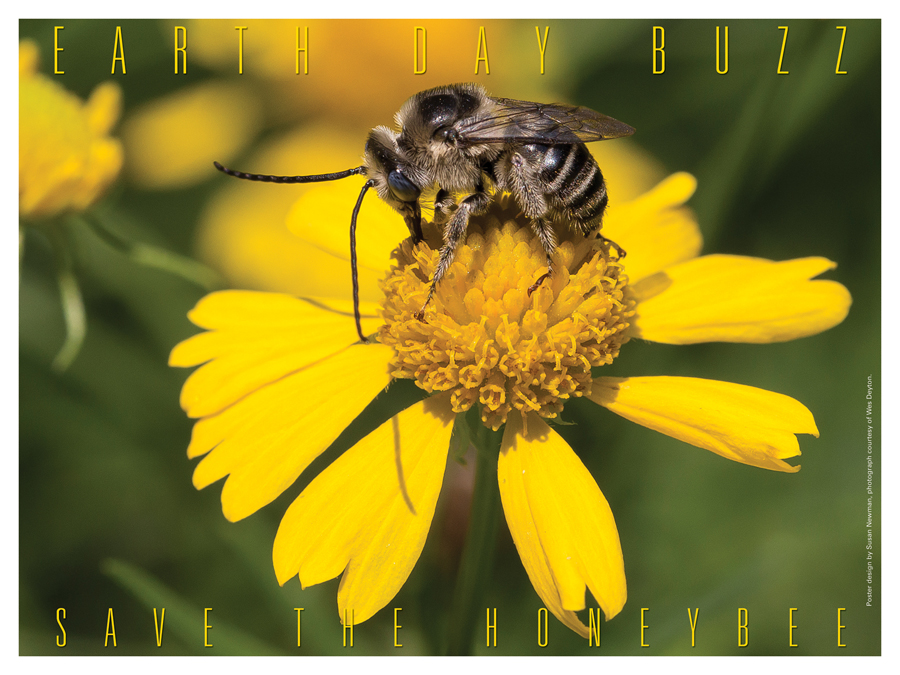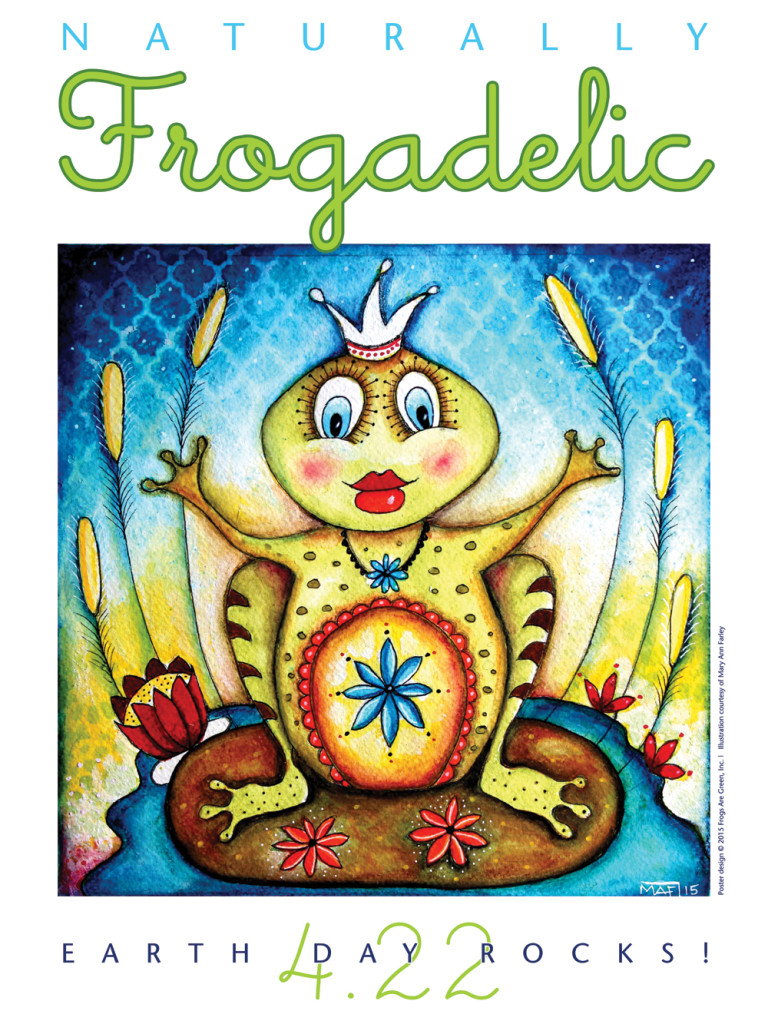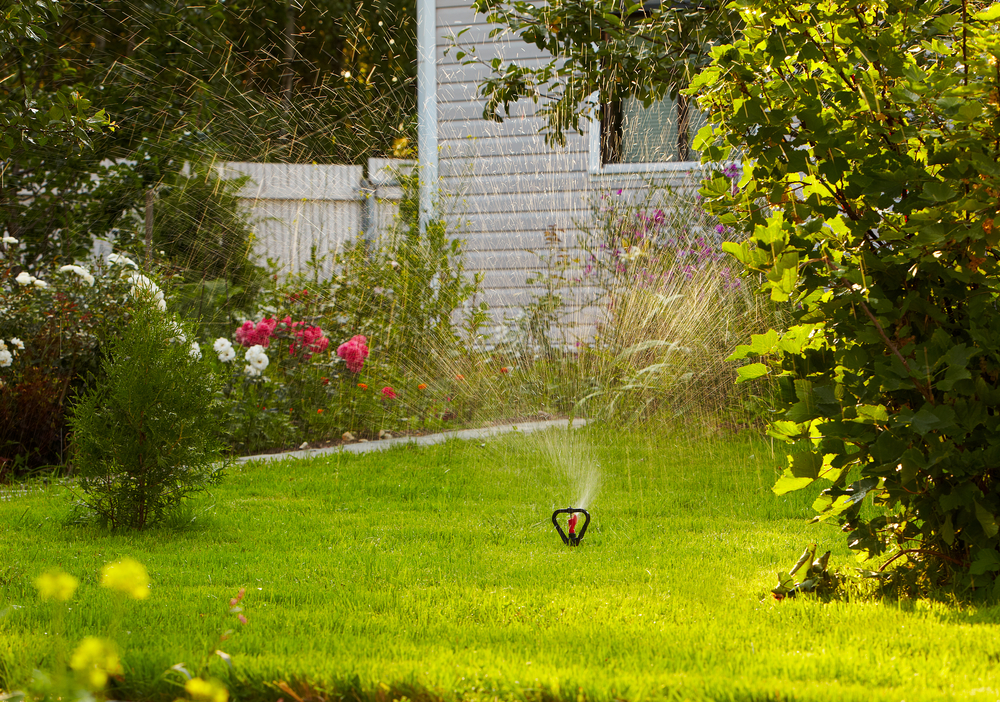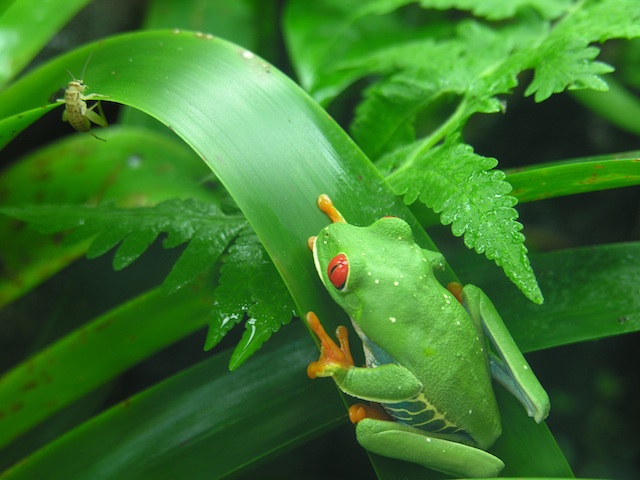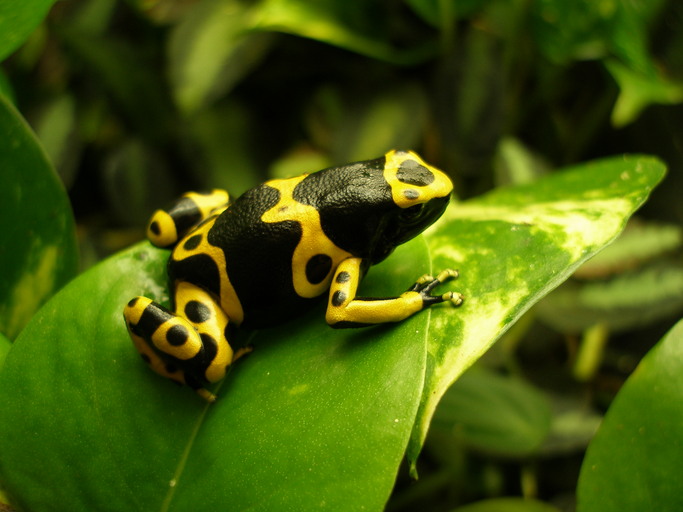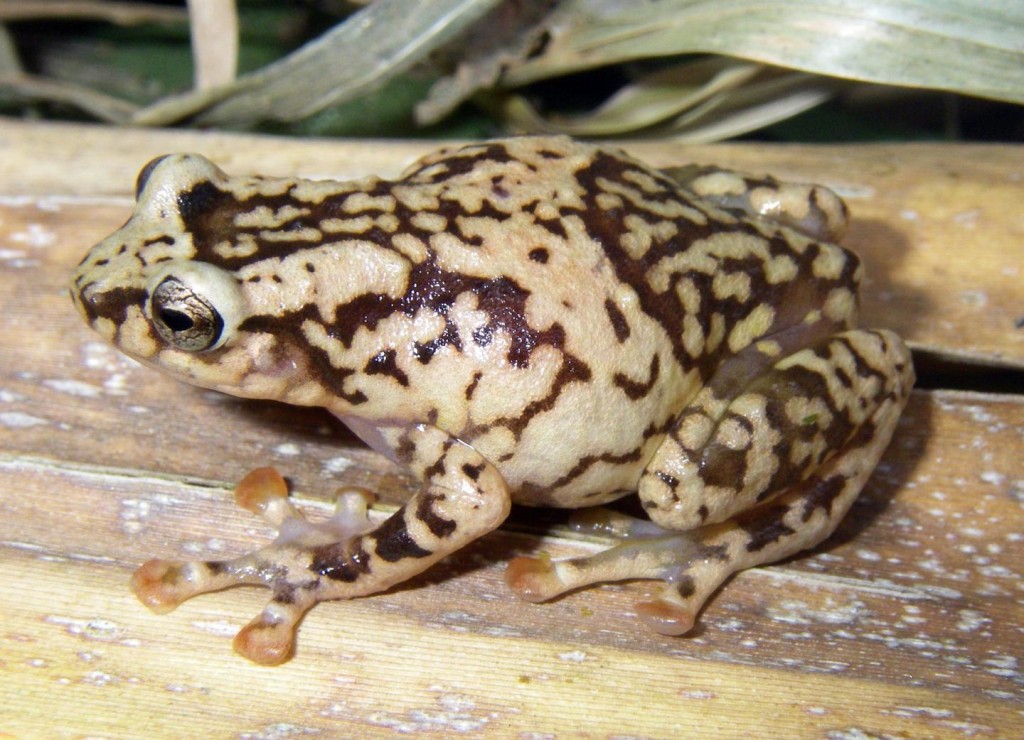The young artist’s family and friends step out the cab and walk into the gallery one by one, parents and children of different ages. They begin looking and move down the wall, admiring the variety of each artwork. The young artist turns and as she walks across the gallery I see a shy smile across her lips. Yes, she has spotted her own artwork and moves closer to see it. I ask her if I can take her photograph with her artwork and she agrees. Her family takes pictures also.

We have a conversation about whether she had a lesson in school about frogs and the environment before she did her artwork (statement) on pollution. She tells me that she did some research but just created this based on her own imagination.
It’s a wonderful and sometimes strange feeling when one sees their artwork hanging on a gallery wall. For an artist, it’s what we all dream of. Visibility and the opportunity to share what we think.
As we’re talking, I see the parents and the other children moving around the gallery discussing the other works and taking photographs that will hopefully be shared with the extended family and perhaps on social media.
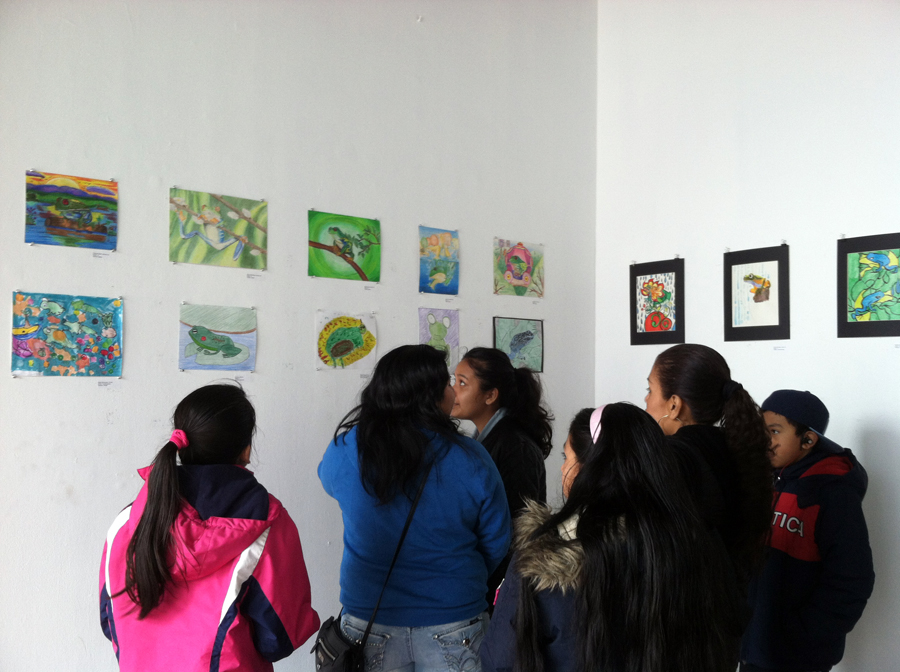
The youngest of the children takes me around to show her favorite pictures and why. She’s about 4 years old and drawn to the cutest and friendliest of the pictures.
They all say how much they enjoyed the exhibition and will be sure to do more frog art next Fall.
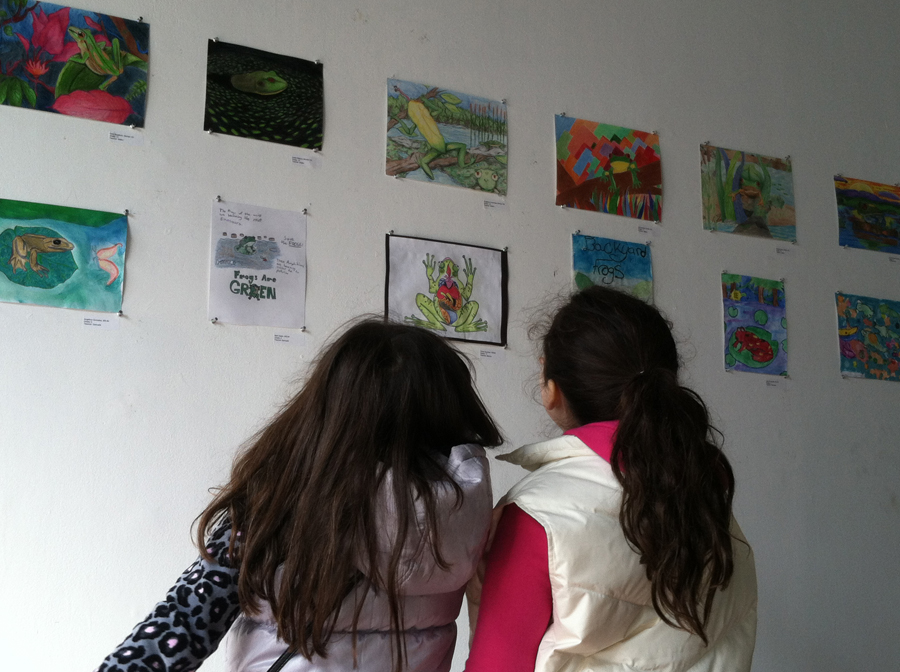
During the afternoon parents and children come by to see the student artworks but some people walk through the gallery on their way to a separate destination and do not even look at the walls, as if there is nothing there.
This baffles me and makes me wonder if there are some artists who think only their art is what’s important. Isn’t being an artist about appreciating self-expression, both your own and others?
Do seasoned artists think that because they are at a certain level of success, a young artist’s vision is of no consequence? Aren’t their artworks worth a look?
I believe that every person has the right to be seen and heard.
Having an appreciation of the arts (in its various forms, from dance and opera, to fine art and yes student frog artwork too) means stepping out of your own little world of self-expression and seeing what others have to say too.
